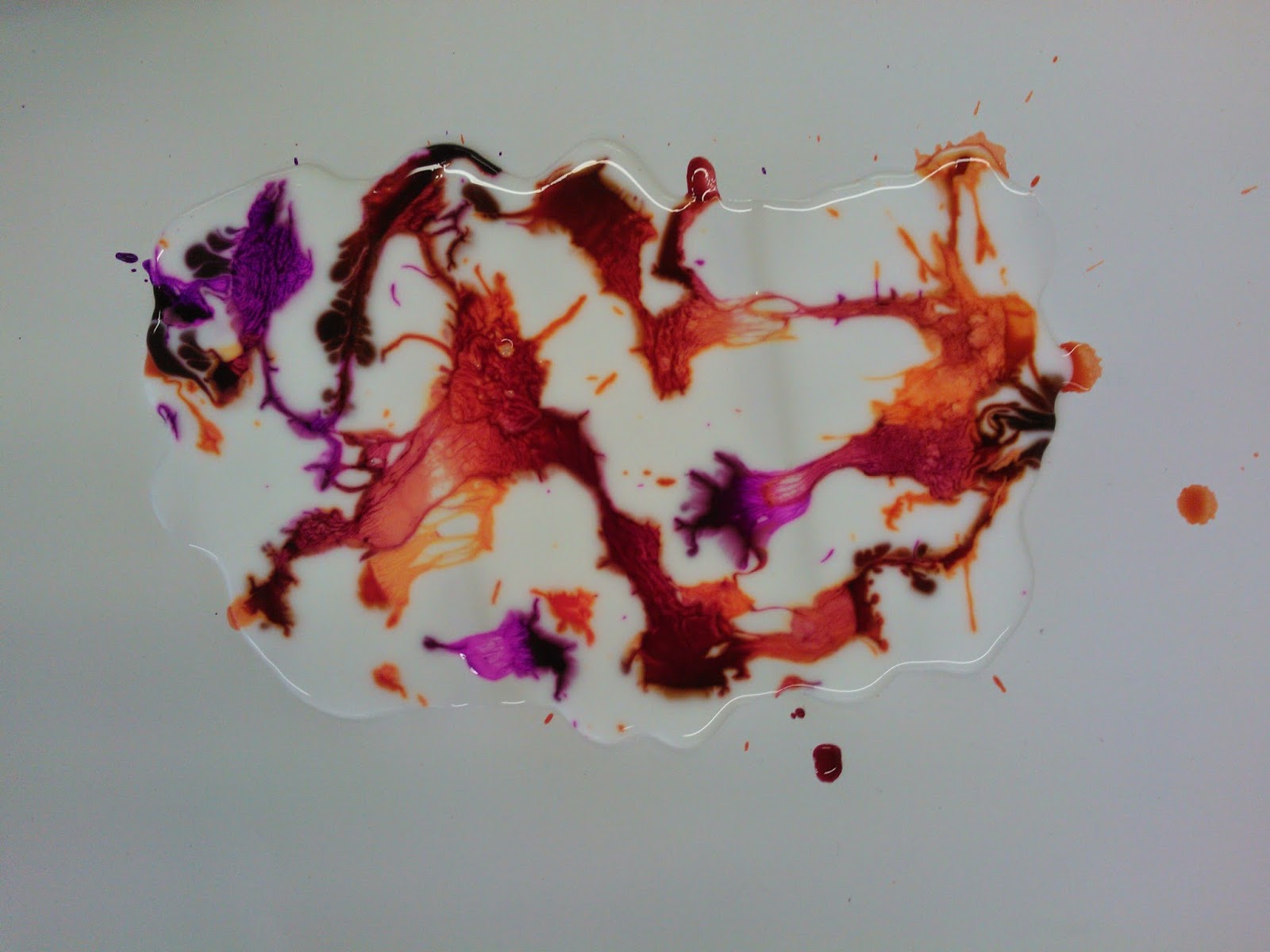Colour psychology is the study of how human behaviour can be determined by colour, and looks into how colour effects mood and are perceived by people. Although the way a person experiences colour can be effected by their personal and cultural associations.
Colour can be seen as warm or cool because of universal factors for example...
- yellow, orange, and red are seen as warm colour because of the sun and fire.
- blue green and violet are seen as cool colours because of leaves the sky and the sea.
Although weather a colour is perceived as cool or warm can be effected by the brilliance or the lightness or darkness of the colour which changes the colours psychological effect.
A physiological change can occur in a person when they are exposed to certain colours, they can stimulate, excite, depress, tranquilize, increase appetite and create a feeling of warmth and coolness.
Red - courage, strength, warmth, energy, stimulation, masculinity, defiance, aggression, strain.
Blue - intelligence,communication, trust, efficiency, serenity, duty, coolness, reflection, calm, aloofness, lack of emotions, unfriendly.
Yellow - optimism, confidence, extravagance, emotional strength, friendliness, creativity, irrationality, fear, anxiety.
Green - harmony, balance, refreshment, rest, reassurance, peace, boredom, stagnation, blandness.
Violet - spiritual awareness, luxury, truth, quality, decadence, suppression, inferiority.
Orange - comfort, warmth, security, abundance, fun, deprivation, frustration.
Pink - tranquility, nature, warmth, femininity, love, sexuality, inhibition, emotional claustrophobia, weakness.
Grey - neutrality, dampness, depression, lack of energy.
Black - sophistication, glamour, safety, coldness, menace.
White - hygiene, clarity, purity, simplicity, coldness, sterility, unfriendliness.
Brown - warmth, nature, earthiness, support, lack of sophistication.
Colours can also effect the body for example red can stimulate the senses and raise the blood pressure whilst blue has the opposite effect.















































